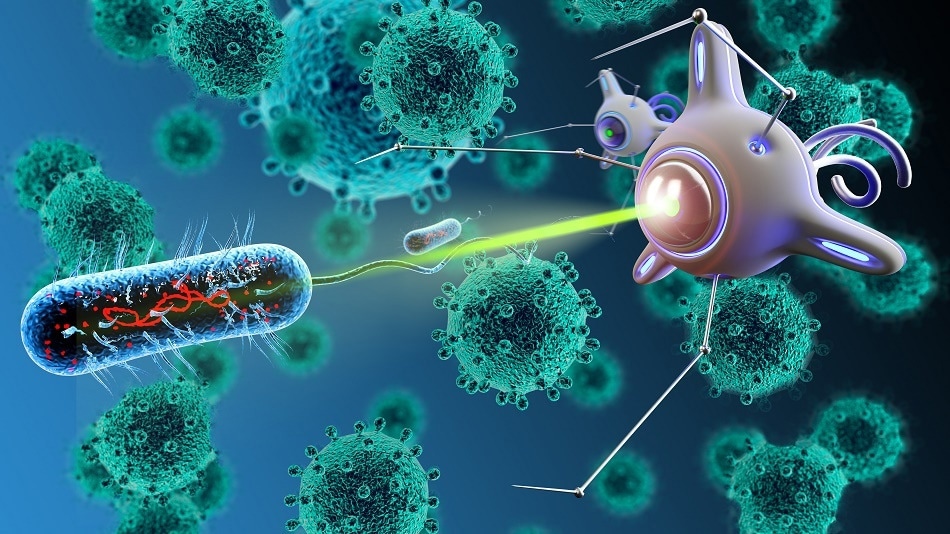Nanotechnology is the manipulation of matter on an atomic and molecular scale. It deals with structures and devices that have dimensions in the range of 1-100 nanometers. A nanometer is one billionth of a meter, or about 100,000 times smaller than the width of a human hair.
At the nanoscale, the properties of materials http://mttimes.us/ can change dramatically. For example, gold, which is normally inert, can become a powerful catalyst when its particles are made small enough. Nanoparticles can also be made to fluoresce, emit light, or conduct electricity.
These unique properties have opened up a wide range of potential applications for nanotechnology. Some of the most promising areas include:
- Medicine: Nanoparticles can be used to deliver drugs directly to diseased cells, making them more effective and less harmful to healthy tissues. They can also be used to image tumors and other diseases, and to develop new diagnostic tests.
- Energy: Nanoparticles can be used to improve the efficiency of solar cells, batteries, and other energy-conversion devices. They can also be used to store and release energy in new and innovative ways.
- Environment: Nanoparticles can be used to clean up polluted water and soil, and to develop new technologies for recycling and waste reduction.
- Consumer products: Nanoparticles are already being used in a variety of consumer products, such as sunscreens, cosmetics, and sporting goods. They are also being developed for use in electronics, textiles, and food packaging.
Nanotechnology is still in its early stages, but it has the potential to revolutionize many aspects of our lives. As we learn more about how to manipulate matter at the nanoscale, we can expect to see even more amazing applications emerge in the years to come.
Here are some of the benefits of nanotechnology:
- Improved efficiency: Nanoparticles can be used to create more efficient materials and devices, which can save energy and resources.
- Enhanced performance: Nanoparticles can be used to improve the strength, durability, and conductivity of materials.
- New functionalities: Nanoparticles can be used to create materials with entirely new properties, such as the ability to self-heal or change color.
- Reduced environmental impact: Nanoparticles can be used to develop cleaner and more sustainable technologies.
However, there are also some potential risks associated with nanotechnology:
- Health risks: Nanoparticles can be small enough to enter cells and tissues, which could lead to unintended health effects.
- Environmental risks: Nanoparticles could be released into the environment and harm ecosystems.
- Ethical concerns: The ability to manipulate matter at the atomic scale raises a number of ethical questions, such as the potential for creating designer diseases or weapons.
It is important to weigh the potential benefits and risks of nanotechnology carefully before developing and using this powerful technology. With careful planning and regulation, nanotechnology can be a force for good in the world.

